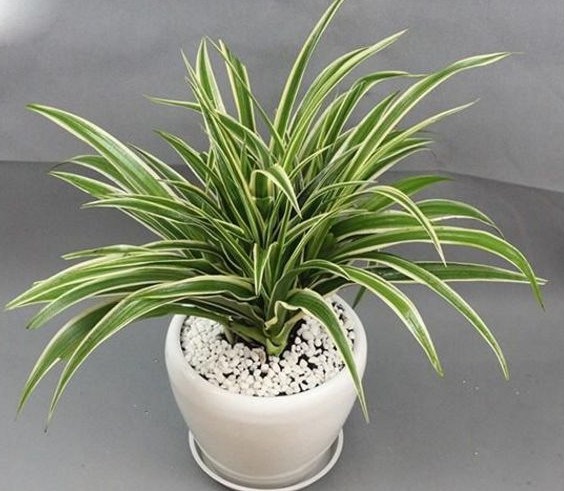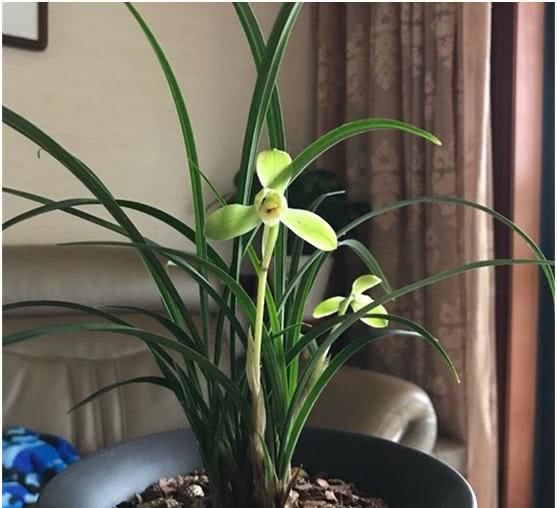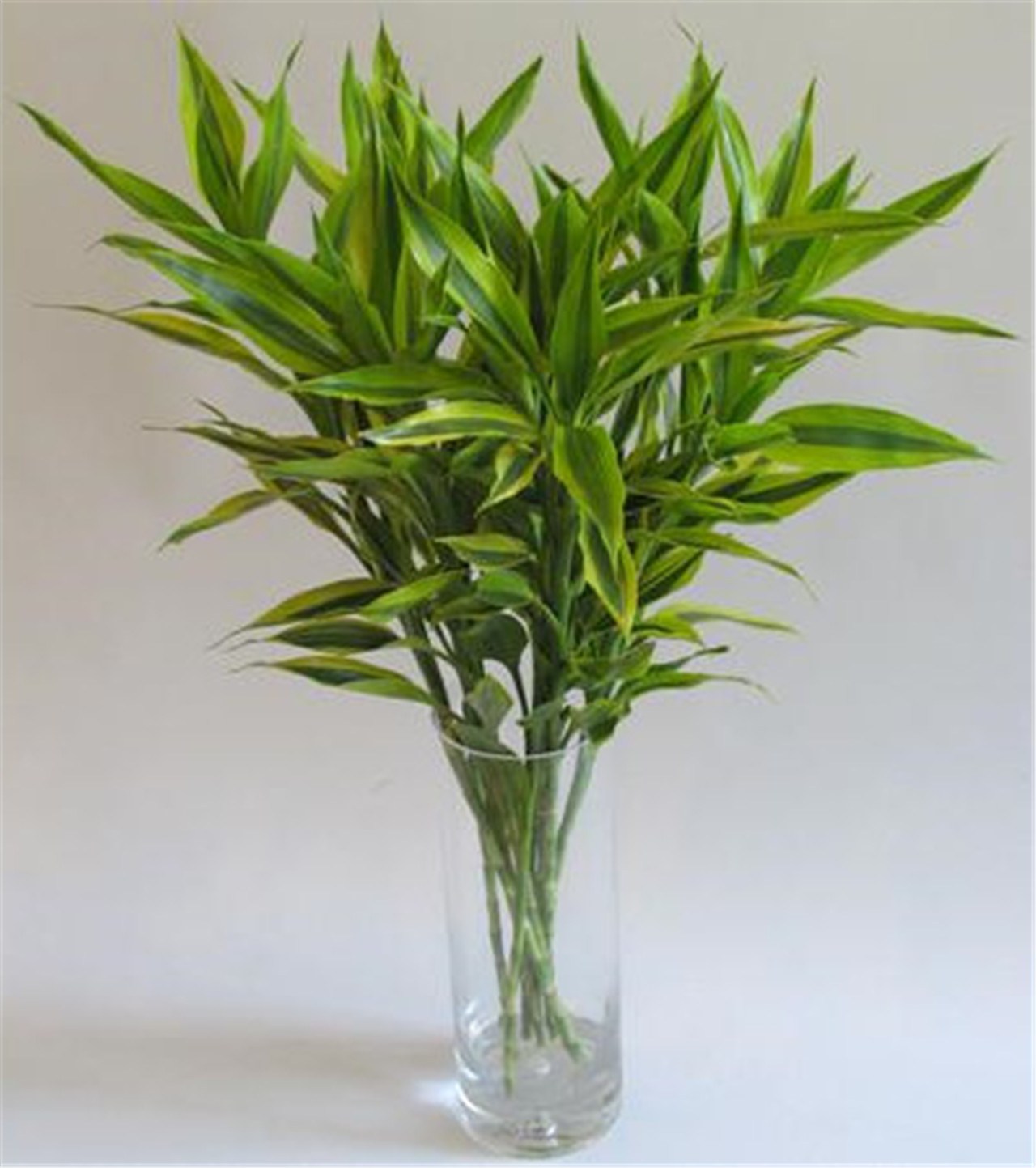The hanging orchid raised at home is still rotting its roots secretly. Pay attention to these points to turn the home into a secret garden.

Flower recommendation has long become a hobby of many people. It not only decorates our whole room and decorates our lives, but also keeps some flowers and plants at home to make them pleasing to the eyes. And green plants in the sun can release more oxygen. Many people will choose to keep some hanging orchid plants at home, which are not only beautiful, but also will not take up too much area.
Cymbidium belongs to fleshy root, so its root is easy to rot, because its nutrition is absorbed from the outside through its root. If the root of Cymbidium is rotten, its life will not be too long.
1. Cymbidium of soil culture
Generally, the hanging orchid planted in the basin is the most likely to rot the root, because when some people are watering, most of them are over-watered, so that the water in the basin is not removed in time and remains at the root of the hanging orchid. When the root of the orchid is soaked in water for a long time, it will slowly blacken and rot.
In this case, watering should be controlled, and we can move the orchids to a place where the sun is sufficient, so that they can absorb more nutrients, which also makes the water in the basin evaporate quickly. Or make a few more holes around the basin where the orchid is planted, which is more conducive to drainage.
In addition, the root of the orchid may rot because of the nature of the soil, because if the soil is not changed for a long time, the soil is easy to agglomerate and the soil permeability decreases, which is not conducive to the timely material exchange between the root and the outside world. it is not conducive to the extension and growth of the roots.
We can regularly replace the soil with new soil, or loosen the soil, and add some substances that can increase the permeability of the soil, so that the soil becomes loose, so that the roots of the orchid will have better growth space and are not easy to rot.
2. Hydroponic Cymbidium
The roots of hydroponic Cymbidium can be seen visually. We only need to pay more attention to observe the roots of Cymbidium regularly. If we find that the roots of Cymbidium have blackened in the water, we can cut off the damaged roots in time.
If the root rot of Cymbidium is due to a problem with the water quality of the cultured Cymbidium, or the water level added to the bottle is too high, we should change the water in time. And for people who can not grasp the water level, it is best to expose half of the roots of the orchid to the air and the other half to stay in the nutrient solution, which greatly increases the chances of getting oxygen from the roots of the orchid.
The water quality, temperature and water level of hydroponic culture of Cymbidium are several important factors that affect the root of Cymbidium. Once the root system of Cymbidium is blackened and rotten, we should deal with it in time. Only in this way is conducive to the healthy and upward growth of Cymbidium.
- Prev

The skill of raising orchids is not deep enough to blossom and there is no way.
Raising orchids needs to be very fastidious, it can be said that thousands of years, has gradually formed a knowledge. Therefore, a good orchid must pay attention to kung fu. If the kung fu is not deep, there will be no way to blossom. Many flower friends who raise orchids will encounter each.
- Next

Can rich bamboo always live? 1 knife makes it better and looks good with a longer life.
Can rich bamboo always live? 1 knife to make it easier to raise, life increase appearance is also good-looking! With the improvement of the quality of life, now many people no longer pursue too much material things, on the contrary, many people begin to pursue essence.
Related
- Wuhan Hospital Iron Tree Blooming Result Was Instantly Frightened by the Gardener Master
- Which variety of camellia is the most fragrant and best? Which one do you like best?
- What is the small blue coat, the breeding methods and matters needing attention of the succulent plant
- Dormancy time and maintenance management of succulent plants during dormancy
- Minas succulent how to raise, Minas succulent plant pictures
- What are the varieties of winter succulent plants
- How to raise succulent plants in twelve rolls? let's take a look at some experience of breeding twelve rolls.
- Attention should be paid to water control for succulent plants during dormant period (winter and summer)
- Watering experience of twelve rolls of succulent plants
- Techniques for fertilizing succulent plants. An article will let you know how to fertilize succulent plants.

